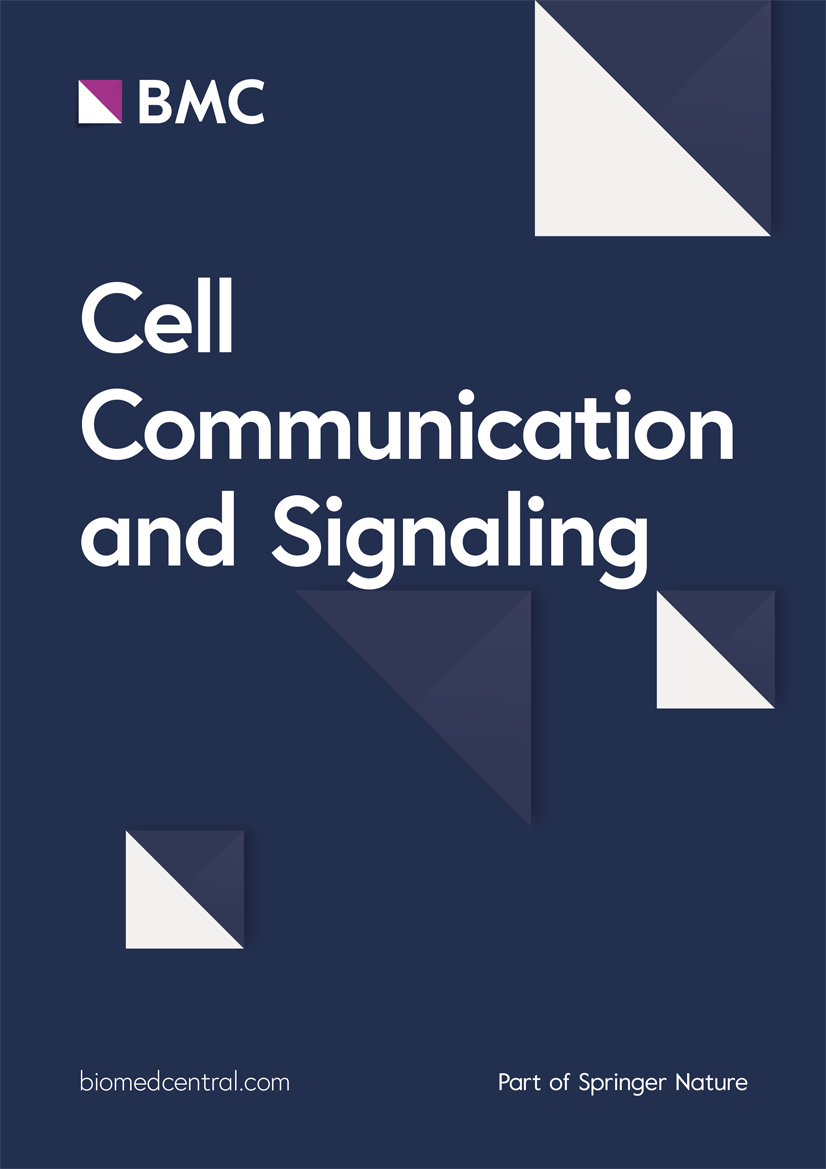摘要
背景:缺氧是包括头颈癌在内的大多数实体瘤的一个主要特征,它通过微环境和基因组改变促进放射抗性,从而降低放疗疗效。解决这些耐药机制至关重要,因为放疗仍是治疗局部晚期疾病的核心。据报道,线粒体电子传递链复合物 III 抑制剂阿托伐醌可在临床前模型中减少肿瘤缺氧,但这种反应并不能持续增强放疗敏感性。这项研究考察了阿托伐醌在头颈部鳞状细胞癌(HNSCC)模型中改变缺氧反应的潜力,发现了一种由综合应激反应(ISR)信号驱动的适应性抵抗机制,这种机制限制了这种方法的放射增敏潜力:方法:使用海马XFe96分析仪和XF细胞线粒体应激测试评估HNSCC细胞对阿托伐醌的生物能反应。阿托伐醌的辐射剂量调节效应通过克隆生成存活试验进行测试,ROS产量则通过流式细胞术进行分析。利用 Western 印迹和定量反转录-PCR 技术研究了 ISR 信号的激活情况以及阿托伐醌对缺氧反应的总体影响。最后,利用 siRNA 和药物抑制 eIF2α(ISR 的核心调节因子)研究了 ISR 激活在调节辐射敏感性中的作用:结果:我们在此报告了阿托伐醌能显著破坏线粒体呼吸,引发eIF2α的磷酸化,eIF2α是ISR的关键调节因子,也是蛋白质合成的主调节因子。值得注意的是,阿托伐醌还能增加缺氧条件下的自噬负荷,而抑制自噬能显著增强细胞凋亡,提高辐射敏感性。与单独使用阿托伐醌相比,联合抑制eIF2α和阿托伐醌可促进细胞周期的重新分布,并显著增强线粒体ROS的产生,从而恢复阿托伐醌介导的辐射敏感性:我们的数据强调了阿托伐醌的双重对立影响,它既能通过抑制氧化磷酸化(OXPHOS)发挥缺氧性放射增敏作用,又能促进应激诱导的ISR信号转导,从而增强对放射治疗的抵抗力。重要的是,如果 ISR 激活受到阻碍,阿托伐醌的代谢辐射增敏特性就会恢复。这些数据为我们提供了一个新的视角,使我们了解到有助于抵消缺氧诱导的放射抗性的分子反应。Background: Hypoxia, a key feature of most solid tumours, including head and neck cancer, reduces radiotherapy efficacy by promoting radiation resistance through micro-environmental and genomic alterations. Addressing these resistance mechanisms is crucial, as radiotherapy remains central to managing locally advanced disease. Atovaquone, a mitochondrial electron transport chain complex III inhibitor, is reported to reduce tumour hypoxia in preclinical models, however, this response does not consistently enhance radiation sensitivity. This work examines the potential of atovaquone to modify the hypoxic response in models of head and neck squamous cell carcinoma (HNSCC), uncovering an adaptive resistance mechanism driven by integrated stress response (ISR) signaling that limits the radiosensitising potential of this approach.
Methods: The bioenergetic response of HNSCC cells to atovaquone was assessed using the Seahorse XFe96 Analyzer with the XF Cell Mito Stress Test. Radiation dose modifying effects of atovaquone were tested by clonogenic survival assays, while ROS yields were analysed by flow cytometry. Western blotting and quantitative reverse transcription-PCR were employed to study activation of ISR signaling and the overall influence of atovaquone on the hypoxic response. Finally, the role of the ISR activation in modulating radiosensitivity was investigated using both siRNA and pharmacological inhibition of eIF2α, a central regulator of the ISR.
Results: Herein we report that atovaquone significantly disrupts mitochondrial respiration, triggering phosphorylation of eIF2α, a pivotal regulator of the ISR, and a master regulator of protein synthesis. Notably, atovaquone also increased the autophagic load under hypoxia, while autophagy inhibition significantly enhanced apoptosis, improving radiation sensitivity. Combined eIF2α inhibition and atovaquone promotes cell cycle redistribution and significantly enhances mitochondrial ROS production and compared to atovaquone alone, restoring atovaquone mediated radiosensitisation.
Conclusions: Our data highlight dual counter opposing impacts of atovaquone, serving as a hypoxic radiosensitiser though oxidative phosphorylation (OXPHOS) inhibition, but also in promoting stress induced ISR signaling, conferring resistance to radiation treatment. Importantly, if ISR activation is impeded, the metabolic radiosensitising properties of atovaquone is restored. These data provide a new insight to a molecular response that could help counteract hypoxia-induced radioresistance.

 求助内容:
求助内容: 应助结果提醒方式:
应助结果提醒方式:


